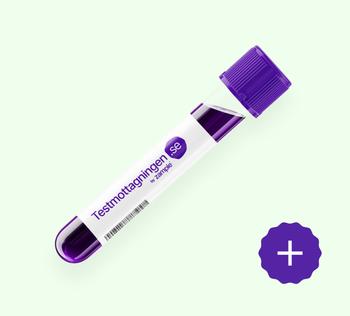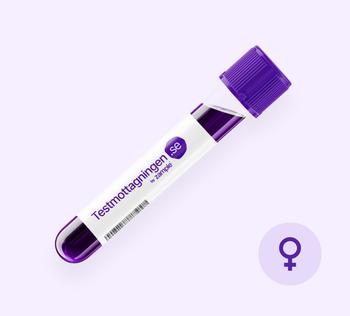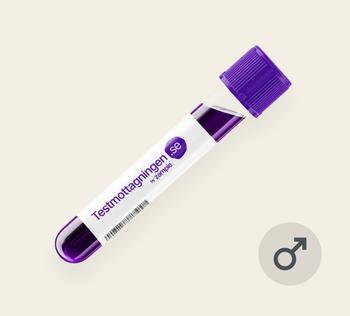Sweet and salty – an alluring trap
It's no secret that candies and snacks often contain a high amount of added sugar, salt, saturated fat, and sometimes even trans fat. These substances often provide plenty of calories but have limited nutritional value. Sweets and similar products can be challenging to resist due to their enticing taste and availability, but their consumption should be approached with caution.
How much candy do we consume?
According to the Swedish Agricultural Agency's 2020 statistics, Swedish citizens consume nearly 15 kilograms of chocolate and candy per person every year on average. This figure paints a clear picture of the high demand for sweets in the country.
Health risks and consequences
Eating large amounts of energy-dense foods with added sugar and fat can lead to long-term consequences like obesity and various health issues. Increased sugar intake can affect the body's ability to regulate insulin and raise the risk of developing type 2 diabetes. Moreover, excessive consumption of sweets can increase the risk of dental problems, including cavities and tooth decay.
In addition to sugar, it's important to be aware of saturated fat and trans fat intake. A diet rich in these fats can increase the risk of cardiovascular diseases, especially if it's not balanced with healthy polyunsaturated fats.
Snacks with benefits – alternatives to consider
It's not necessary to completely abstain from snacks. Nuts like peanuts and cashews offer a better balance between great taste and nutrition. They are rich in vitamins, protein, fiber, and monounsaturated fats, which are considered beneficial for health. Opt for unsalted nuts to minimize excessive salt intake.
Is eating too much licorice dangerous?
A unique part of Swedish candy culture is licorice. While licorice is beloved by many, it's good to be aware that excessive consumption of licorice, especially the kind containing glycyrrhizic acid, can pose health risks. These risks include high blood pressure, improper salt balance, edema, weight gain, and headaches. Sensitivity to these effects varies from person to person, and it's challenging to determine exactly how much licorice is safe to eat in the long term.
A sweet future?
The Swedes' love for candies and snacks is evident, but it's also important to understand the potential consequences of excessive consumption. Making conscious choices regarding dietary habits and incorporating more nutritious foods like fruits and vegetables into the diet can be crucial for promoting good health and well-being while still indulging in sweets from time to time.


























